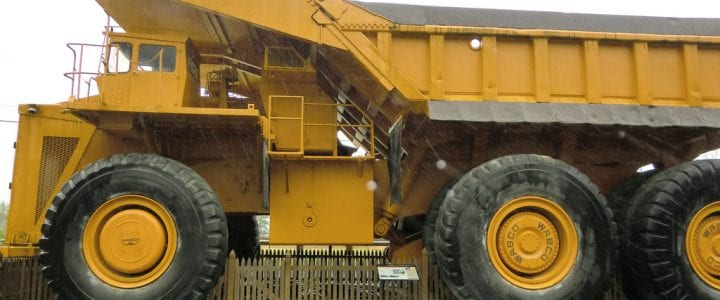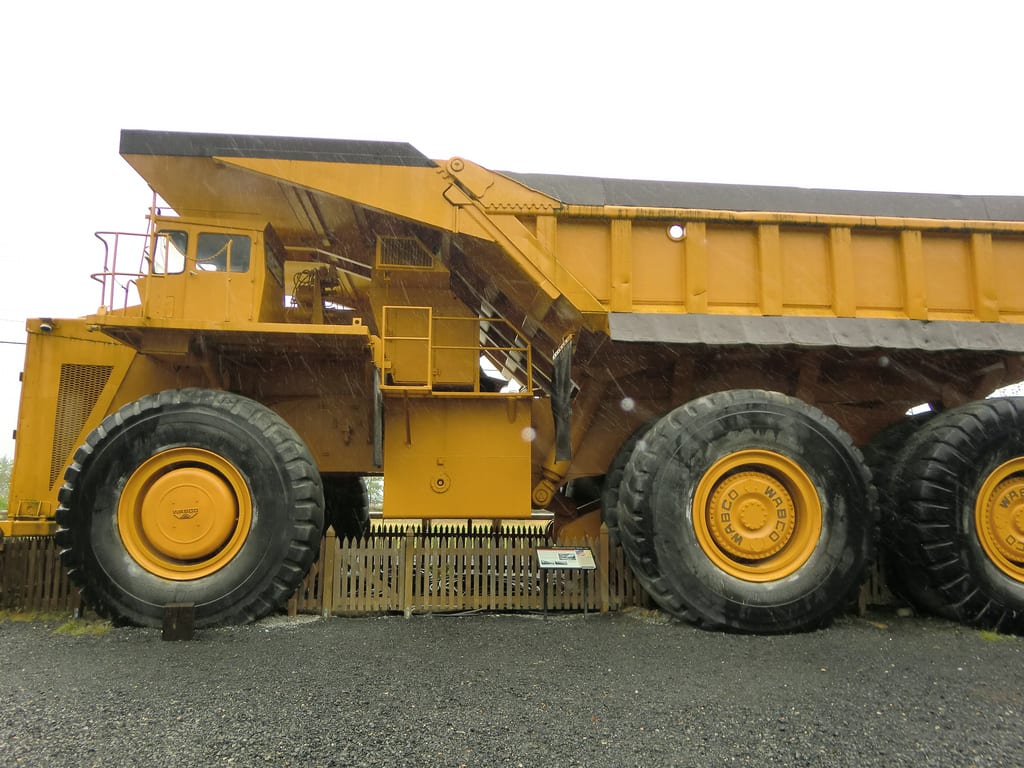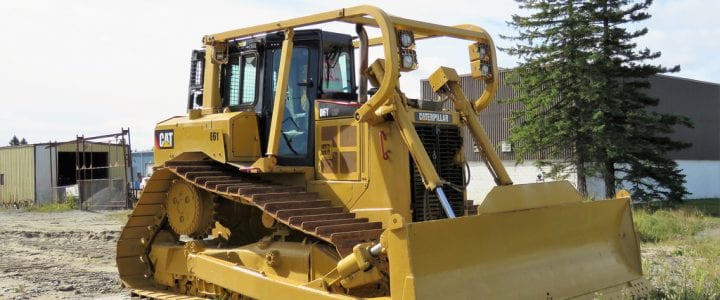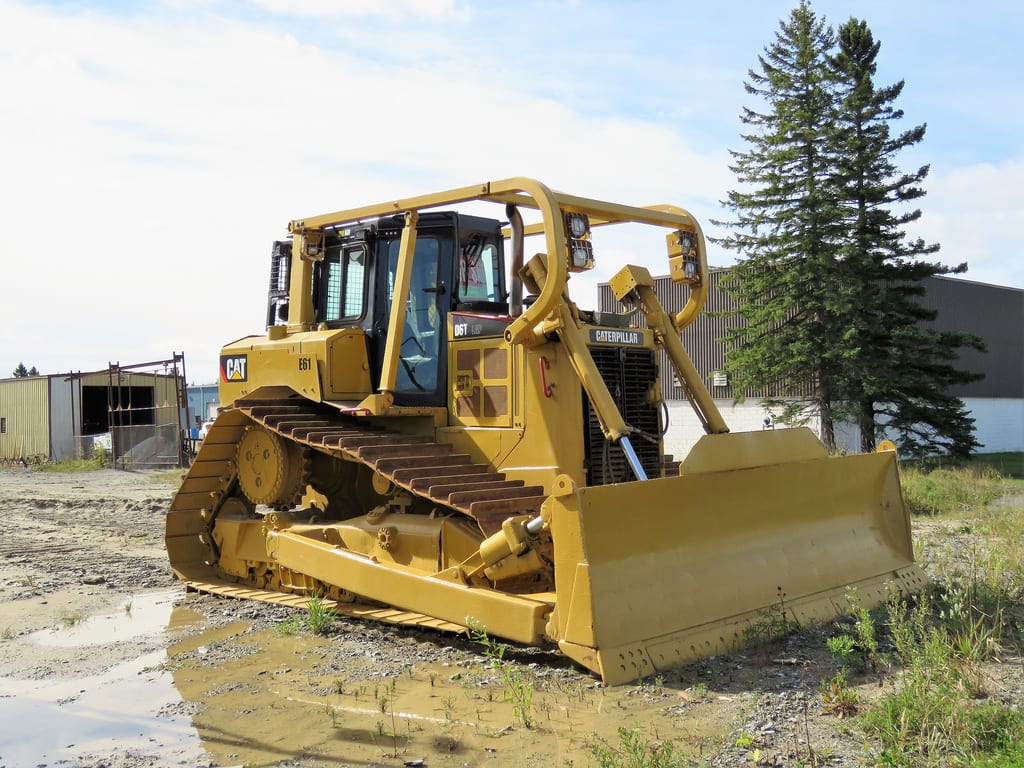BACKGROUND AND AIM:
Middleton Group, an Australian specialist electrical consulting engineering organization, wishes to analyze the impact of Rapid Earth Fault Current Limiter (REFCL) on traditional protection elements and identify ways to detect the earth fault in the High Voltage (HV) customer network.
Rapid Earth Fault Current Limiter (REFCL) is a protective device that mitigates grass and bushfire ignition through limiting fault current energy following a powerline coming into contact with earth, typically as a result of a fallen powerline. Victorian government have deployed the REFCL device which will be installed in the zone substation and will be owned and operated by the power utilities.
REFCLs will reduce bushfires from faulty powerlines, better protecting Victorian lives and property from catastrophic bushfires. Bushfires ignited by powerlines contributed to the deaths of 159 of the 173 Victorians who died during the devastating 2009 Black Saturday bushfires. The Victorian Government established the Powerline Bushfire Safety Program to implement recommendations of the Victorian Bushfires Royal Commission. REFCLs are a critical component of this $750 million program of works. REFCLs have been demonstrated to be highly effective in managing powerline faults by rapidly limiting the energy release on high voltage 22kV powerlines. REFCLs are being placed at 45 major electrical installations (called substations) in high-risk bushfire areas.
DELIVERABLES:
| No. | Main Deliverable | Description | Estimated Timing |
| 1 | Project Plan | Students discuss with Middleton Group and RMIT academic supervisors about a detailed project plan. | July 2019 |
| 2 | Literature Review | Students work under their academic supervisors to review relevant literature. | July-August 2019 |
| 3 | Data Collection | Students collect relevant data under the facilitation of Middleton Group. | August-September 2019 |
| 4 | Theoretical Modelling | Electrical power system studies and fault analysis | October 2019 |
| 5 | Establishment of Software Simulation or Test Facility | Power system software simulation in a test network | November 2019 |
| 6 | Tests and Analysis | Validation of theoretical modelling through simulation results | March-April 2020 |
| 7 | Draft report | Draft Report, recommending solutions to detect earth faults within the customer network | May 2020 |
| 8 | Final report | Final Report | End May 2020 |
| 9 | Presentation | Presentation on research findings. | June 2020 |
WORK METHOD:
- Students work under the supervision of RMIT academic supervisor.
- Middleton Group appoints a contact person to help students access to data and information. There should be regular (fortnightly/monthly) meetings between students and Middleton Group.
DESIRED STUDENT ATTRIBUTES:
- UG/PG electrical engineering students
- Basic power system engineering and modelling
- Basic power system software knowledge
- Intermediate spreadsheet skills
- Self-motivated.

 Photo: https://www.flickr.com/photos/8525214@N06/40498167353/
Photo: https://www.flickr.com/photos/8525214@N06/40498167353/




